The truth of every one of these contentions is highly debatable. Goldhagen regularly assumes what he ought to be proving. When, if ever, did conservatives and Völkisch nationalists compose the vast majority in Germany? I would not know how to go about proving such a claim (and therefore wouldn’t make it). Granted, there were many more publications dealing with the Jewish question than one would expect, considering how small and unimportant a part of the population was Jewish in German-speaking Europe. Who wrote them? Who read them? Did workers and peasants — I would think the clear majority of the populationread Wilhelm Marr or Eugen Duehring? And on what basis can such writing be said to constitute ” an avalanche of obsessiveness?” Having convinced himself with repetition, Goldhagen claims that in the last quarter century, the Judenfrage was written about more passionately than the Kulturkampf, the “red menace,” Weltpolitik, navalism? How does one measure “passion?”
I remain unconvinced. Jews may have been of more interest than is easily explainable to certain sorts of Germans at certain periods of time (the 1840s, the 1880s and 1890s). But one can make a convincing case that they were of very little interest to most Germans most of the time. Putting them at the centre of German history in the nineteenth and twentieth centuries is a highly unproductive strategy. I can see no justification for doing so.
Goldhagen’s use of data is also problematical. He rests huge generalizations on an extraordinarily spindly factual base, and even this is occasionally quite skewed to fit his special purposes. His treatment of anti-Semitism in the Kaiserreich owes much to the unpublished 1963 Heidelberg dissertation by Klemens Felden. Felden’s already vague “content analysis” of 51 prominent anti-Semite writers and publications, 1861-1895, is subjected to Goldhagen’s own analysis. He finds that twenty-eight of the fifty-one individuals proposed solutions to the Jewish question. Of these, he says, nineteen called for the physical extermination of the Jews. Talk of murdering the Jews was, despite Goldhagen’s inferences, rare in the Kaiserreich (far more common in France and Austria). It ought not to be ignored or trivialized because it may well have revealed the real conscious and unconscious desires of anti-Semites. But this is an example of Goldhagen’s exaggeration, his drawing important conclusions from dubious facts. I know of no case where genocide was proposed as a systematic solution to the Jewish question before 1914. Rare threats of physical violence came in the form of “jokes” or fantasies or poorly veiled wishes, usually appeared as parenthetical remarks, and in almost every case were subject to denial, disavowal, and wide public disapproval. Goldhagen cites [with erroneous attribution] only one such parenthetical remark in his main text. He also alludes, this time in the footnotes, where he often makes his most insupportable claims, to mad Count Pueckler, a certifiably insane aristocrat who performed murderous charades with imaginary Jews as his victims. Perhaps, this was a portent of the Holocaust, as Goldhagen, citing his father, wants to believe. But what does it tell us of the obsessive, eliminationist, and murderous anti-Semitism that Goldhagen sees already and everywhere in place well before Hitler arrived to turn it loose? Why doesn’t he find it worth mentioning that Pueckler was tried, convicted of fomenting hatred (I believe), and rejected as an embarrassment to the serious business of anti-Semitism by almost every anti-Semitic politician and publicist? Instead, the lunatic is taken as bespeaking the true but as yet unrealizable desires on the part of “many Germans” to murder Jews. This is arbitrary and unfounded.


